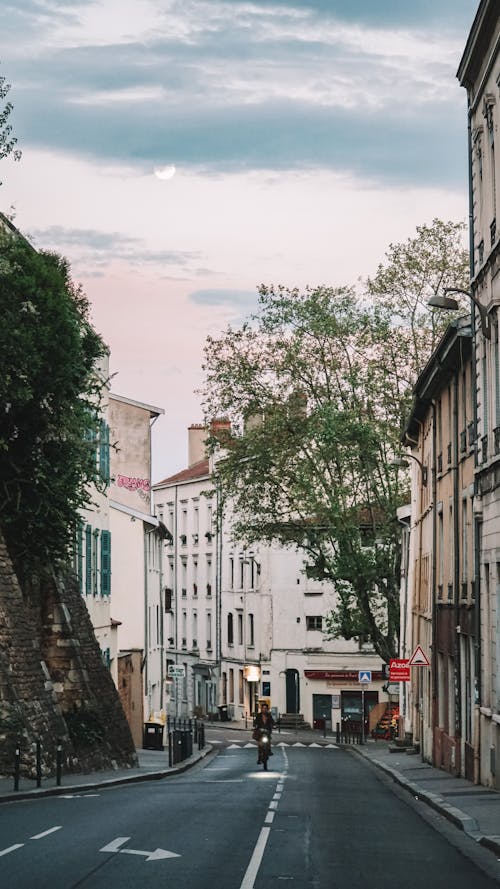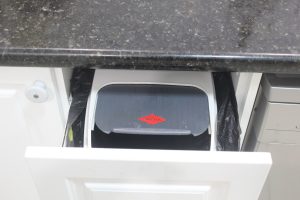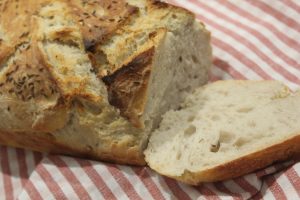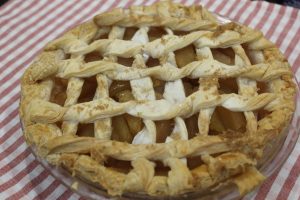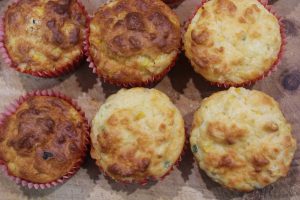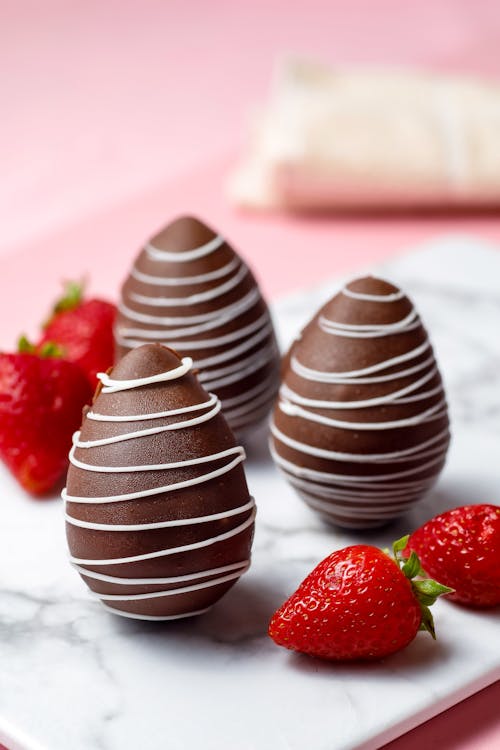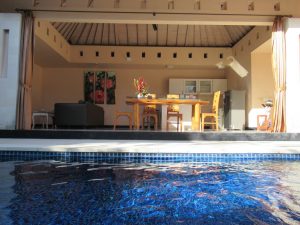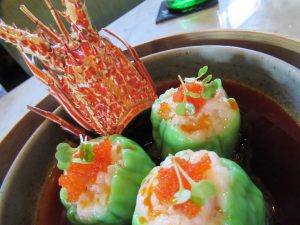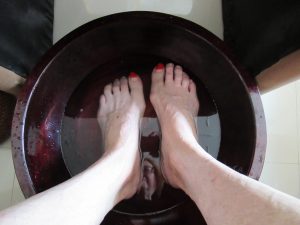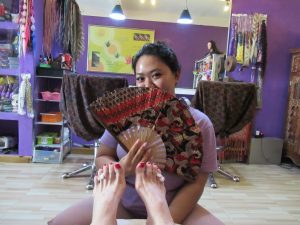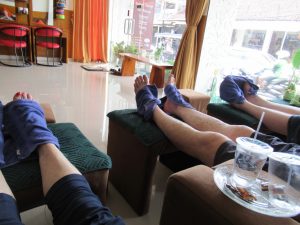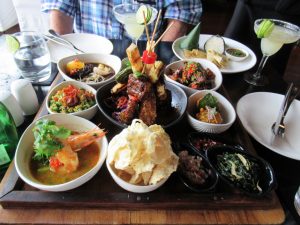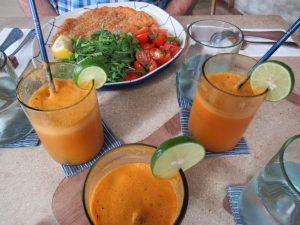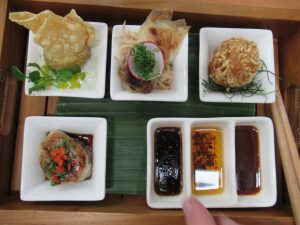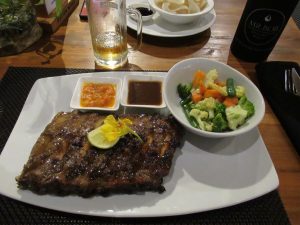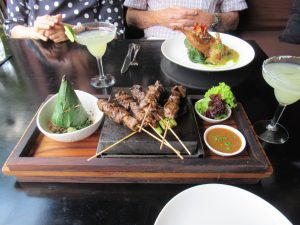CAPERS
As I arranged some capers on my smoked salmon sandwich, I wondered where they came from, did they grow on a bush and do we grow them in Australia? Capers are the edible flower buds of the capparis spinosa, the caper bush. It is a prickly bush which grows wild across the Mediterranean region of Southern Europe, the Middle East and Northern Africa. Caper plants also grow well in the hot, dry regions of Australia. The capers I ate at lunchtime were pickled and bottled in Italy from ‘imported produce.’
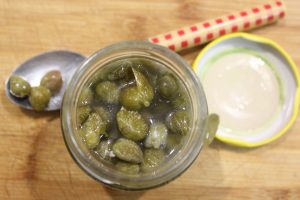

Once picked, they are pickled to preserve them. Interestingly, preserved nasturtiums seeds can be used in place of capers. They are considered to be more pepppery than capers. The seeds are pickled in a brine of white wine vinegar, salt and pepper corns.
Although I don’t think people eat huge amounts of capers at any one time, one of the Australian growers claim capers contain two flavonoid compounds, rutin, which strengthens capillaries and prevents platelets clumping in blood vessels, and quercetin, considered to be anti-bacterial, anti-inflammatory and also an analgesic. So eat up and think of the benefits!
Now that your taste buds are tingling, I’ll share an amazing French Potato Salad recipe. It’s not creamy and thick with mayonnaise, but really delicious and, you guessed it, includes CAPERS! This French Potato Salad is more like a traditional German Potato Salad. I used small red potatoes because they taste so good and look attractive.
FRENCH POTATO SALAD
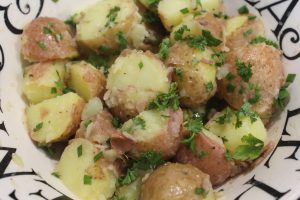

Try to make this at least one day before you need it for the flavours to blend and develop. You need
• 1 kg ( 2.2lb) potatoes, cut into bite sized pieces
• ¼ cp vinegar, any sort you prefer ( I found apple cider vinegar was not sharp enough)
• 1/4 cp mild olive oil
• heaped dspn of drained capers, 2 dspn chopped parsley, 2 dspn chopped shallots, or red onion or chives
• salt and pepper
1. Cut the potatoes to bite size pieces, put in a pot and cover with water. Bring to the boil and simmer for about 10 minutes. Test doneness with a fork. Drain the potatoes, leave for a few minutes to cool slightly, then while potatoes are still warm, tip them into a bowl.
2. Shake the vinegar and oil in a screw capped jar to amalgamate then pour over the chunks of potato and stir. Repeat about every five minutes until the liquid is mostly absorbed. It doesn’t take long. Add some pepper and a good pinch of salt and stir again.
3. Stir and add the capers, chopped chives ( or red onion or thinly sliced shallots ) and the parsley.
4. Leave to cool then stir. All the liquid will now be absorbed. Cover and put in the fridge. This French Potato Salad will improve in flavour overnight and is even better the second day.
There are so many varieties of French Potato Salad. Although the basics are the same, some recipes add chopped gherkins, some add anchovies and some add celery for crunch. Many recipes include garlic in the dressing. It depends on what you have available and what you like!


This French Potato Salad is suitable for lactose and gluten intolerant people plus suitable for vegans and vegetarians.
I had to open a new jar of capers the second time I made this salad and although they were packed in Australia the capers had come from Morocco.
ROAD SAFETY STATISTICS
All statistics referred to in this section were obtained from August/September 2023 HORIZONS magazine printed by the RAC W.A. The information was collected from a number of member surveys.
Recently the sun was shining briefly after freezing cold days with frequent rain so we went for a drive along the beach. I was the passenger and was surprised at how many drivers along side me were using their mobile phones. It is illegal in Western Australia to use a mobile phone when driving. Then I read in the Horizons magazine that 15% of drivers surveyed thought using their mobiles to text, phone or watch movies is acceptable at traffic lights. At one set of traffic lights the female next to me was texting when she arrived, kept texting waiting for the lights to change and continued texting as she drove off. The survey revealed 27% of all respondents had used their mobile phones when driving and 44% of drivers under 30 admitted they they’d done it in the last year.


Image Pexels
In the same survey 93% say of people say they generally use private cars to get to work/study, 12% catch the train, 9% work from home, 7% walk and 5% cycle, including e-bikes. There’s some overlap as sometimes commuters used one or the other method of transport. Although people have varied reasons for driving their own cars to work the train network in Perth has been extended in the past few years. We were once regular train users to go to the Art Gallery WA, the Museum, to eat in Northbridge and shop in the City but the last two journeys were marred by unsociable behaviour. In fact, on one journey, many of us got off at the first station and went down a carriage rather than be abused. When we talked about this with friends, they agreed it was a problem but not so bad during the usual going to and from work times. They are the times we try to avoid! Do you feel safe on the train?



